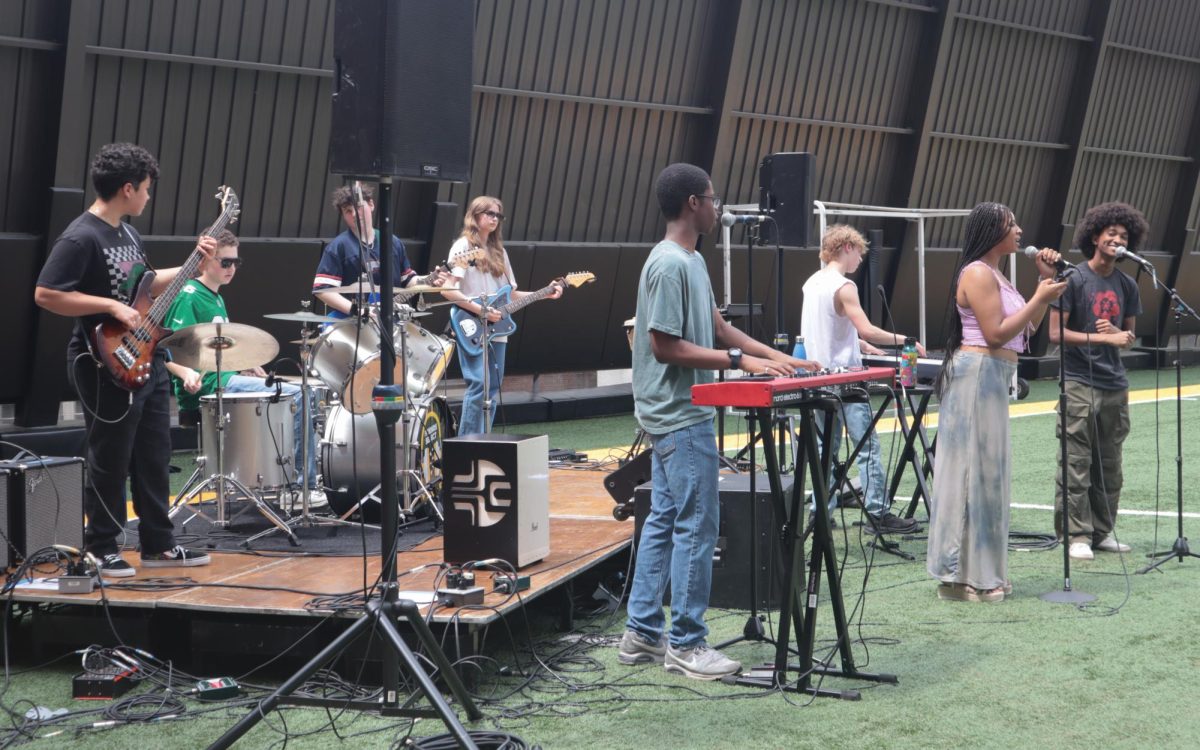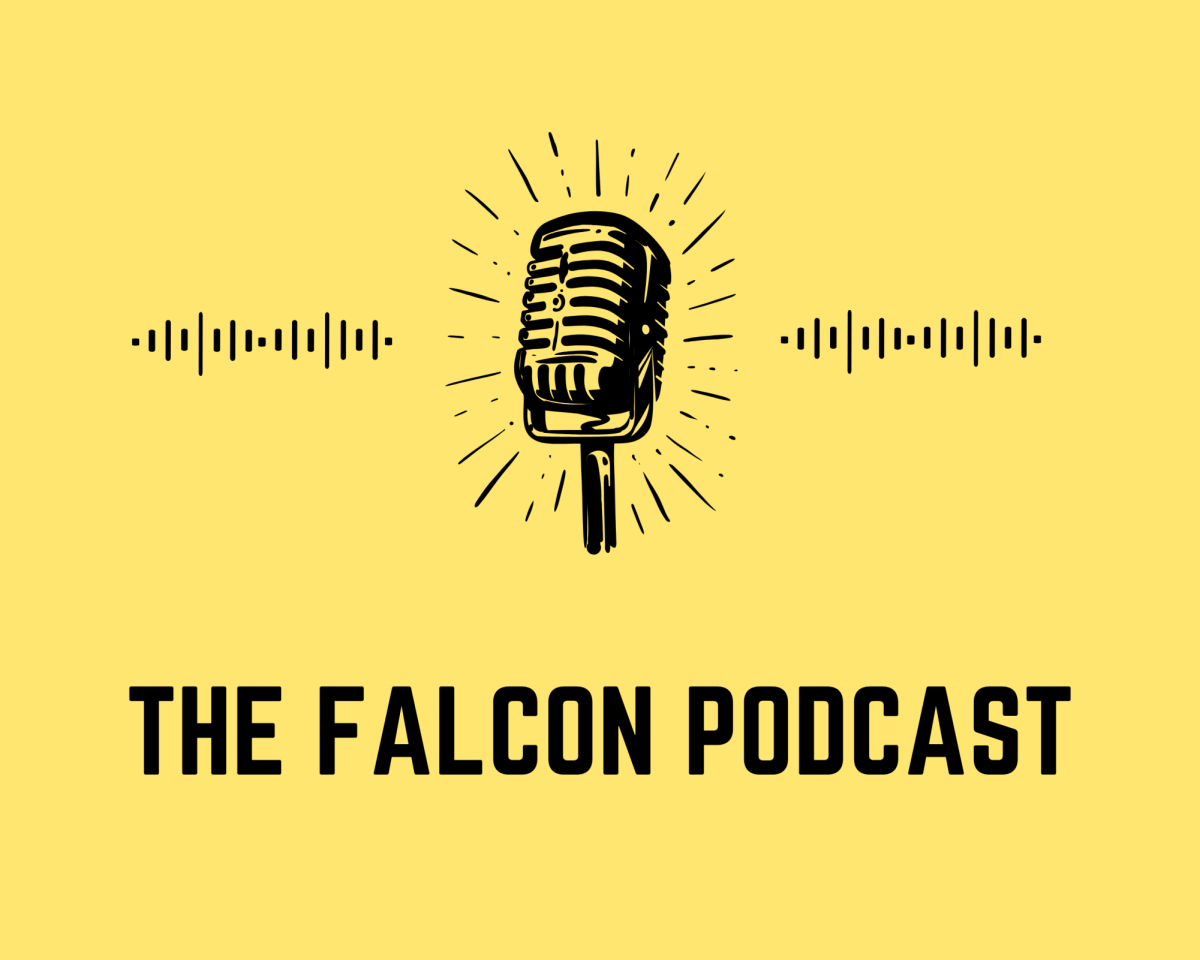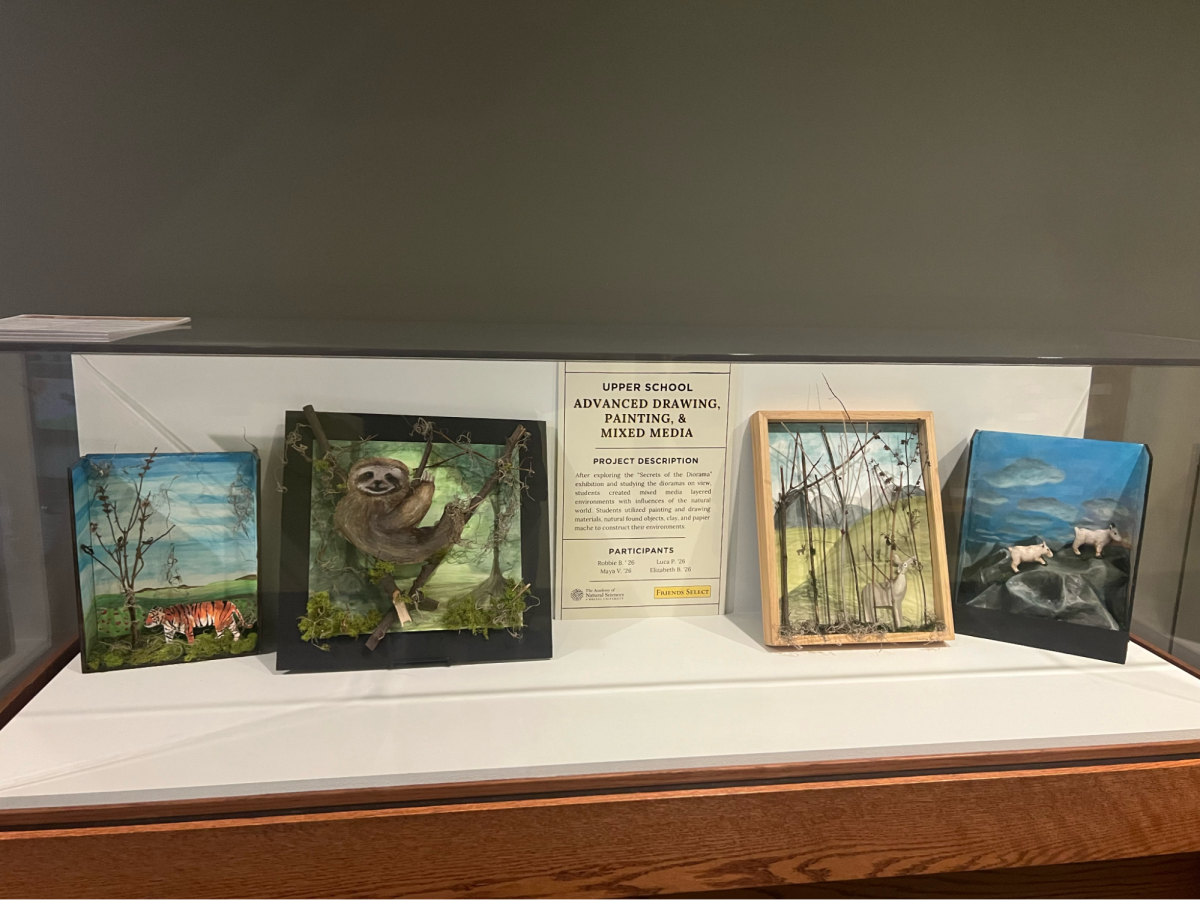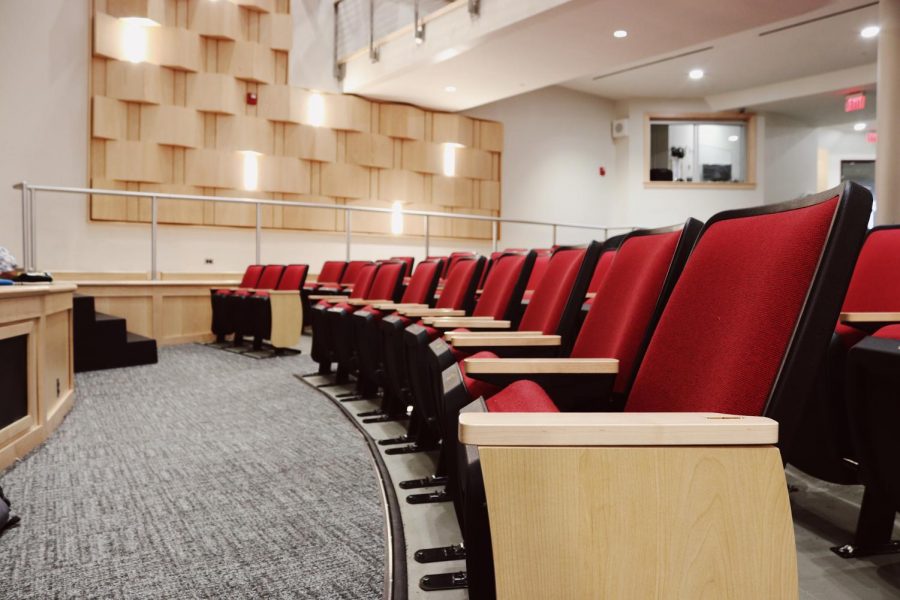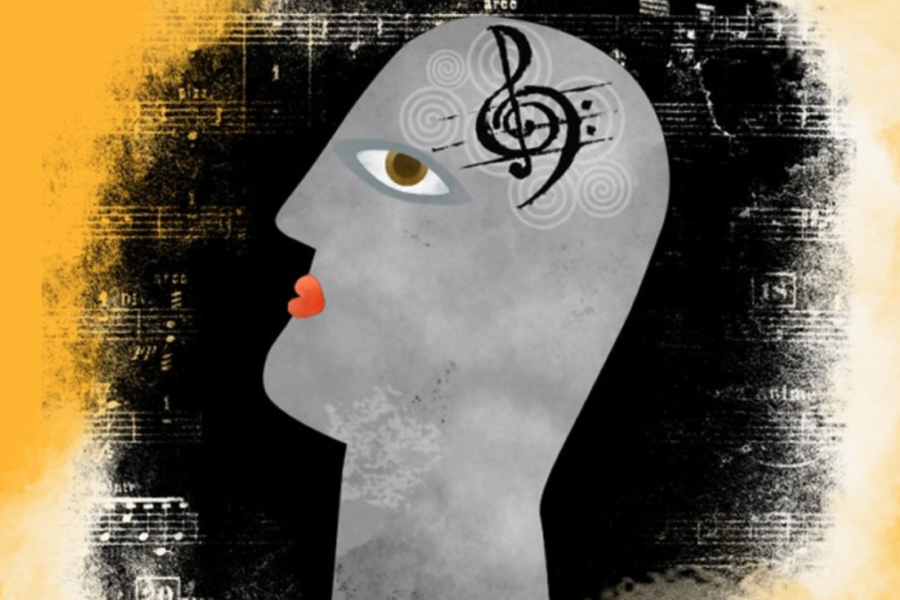Music and the Brain: The Science Behind Your Favorite Songs
Have you ever noticed how the perfect playlist or song can increase your mood after a bad day? While you may think you are simply expressing your emotions through the feel of the music you are playing, the science begs to differ. Music actually has a deep connection with your brain, impacting mood, memory, and even having the potential to relieve illness and pain.
As composer Edgard Varèse said, “Music is organized sound.”1 Music as a cultural entity has defined societies for centuries, as seen through religion, tradition, and community, capable of conveying emotion and expression.2 But what exactly is this connection with human emotion? To answer this question, we first have to turn to the physics of sound.
The way we hear music is a series of steps that process sound vibrations and trigger reactions in the brain. Broken down into the most basic of building blocks, music consists of some combination of the following physical characteristics: pitch, rhythm, tempo, contour, timbre, loudness, and reverberation, which then give rise to more subjective musical elements like meter, key, melody, and harmony.3 The noises that you hear are actually a series of sound waves oscillating at certain frequencies. In fact, the difference between each detectible tone is exactly the same percentage change: the 12th root of 2 (approximately 6%).4
The way humans detect sound is reliant on the engineering of the inner ear. “The basilar membrane of the inner ear contains hair cells that are frequency selective, firing only in response to a certain band of frequencies… low-frequency sounds excite hair cells on one end of the basilar membrane, medium frequency sounds in the middle, and high-frequency sounds excite them on the other end.”5 After stimulating these hair cells, they pass through the membrane. Electrical signals passing through the membrane travel to the auditory cortex in the brain.6 The auditory cortex, located on both sides of the brain above the ears, contains a tonotopic map where tones are stretched out and processed.
The brain also, in a sense, has a map where different pitches stimulate different parts of the brain to react. In fact, “we could place electrodes in the brain and be able to determine what pitches were being played to a person just by looking at the brain activity.”7
However, the way we listen to music is very different from the way we hear it. Music can essentially be treated as a workout for the brain. It works different parts of the brain and keeps it engaged, especially throughout the aging process.8 “Music is structural, mathematical, and architectural. It’s based on relationships between one note and the next, [and] you may not be aware of it, but your brain has to do a lot of computing to make sense of it,” notes a Johns Hopkins University ENT.9 In particular, music exercises the parts of the brain associated with memory. This Hopkins article recommends that listeners “reach for familiar music, especially if it stems from the same time period that you are trying to recall.”10 This relationship between music and memory (because the neurons of the brain make networks in response to listening to songs) makes them difficult to forget, filling the brain with ample music from one’s lifetime.11 However, the abundance of neurons in the human brain ensures that there is still room to learn and internalize new songs over time.12 A National Institute of Health study explains that both upbeat music and downbeat music improve memory, while specifically upbeat music improves processing speed in older adults.13
Music induces a plethora of very measurable health benefits because of the way it stimulates our brains. Music listening can help to “reduce anxiety, blood pressure, and pain as well as improve sleep quality, mood, [and] mental alertness.”14 Music also helps strengthen the human immune system: a Penn State University course blog explains that music, because of its positive effect on mood and emotion, triggers the brain to release certain hormones that boost immunity, in turn reducing the risk and frequency of seizures, headaches, and migraines. Stroke victims can also be positively affected by listening to music; it has the potential to positively alter parts of the brain like the hippocampus and prefrontal cortex (controllers of emotion) and the parietal lobe (controller of reasoning and information administration).15
In a less medically measured way, music also has a lot of effects on mental health, mood, and wellbeing that can be especially noticed from patient responses; this is true both for listening to music and actually playing it. In a basic scientific sense, playing ‘cheerful’ music when one is feeling sad can trigger serotonin and dopamine release, which quickly can alter one’s mood, inducing feelings of “motivation” and “empowerment.”16 An Oxford University Press book titled Music, Health, and Wellbeing explains, “Making music is a powerful way of engaging multisensory and motor networks and inducing changes and linking brain regions within this network. These multimodal effects of music-making together with music’s ability to tap into emotion and the reward system in the brain can be used to facilitate therapy and rehabilitation of various brain disorders.”17
Music therapist Molly Warren shares a personal account of her work in a psychiatric hospital with the National Alliance on Mental Illness: “Research shows the benefits of music therapy for various mental health conditions, including depression, trauma, and schizophrenia (to name a few). Music acts as a medium for processing emotions, trauma, and grief—but music can also be utilized as a regulating or calming agent for anxiety or for dysregulation.”18 Warren breaks music into four key components: lyric analysis, which provides the opportunity to relate to shared emotions and experiences in a less vulnerable way; improvisational music playing, which can provide physically active ways to express emotions; active music listening, in which repetition and rhythm can help stimulate the neocortex (regulator of impulsivity and calmness); and songwriting providing an outlet for expression and a vehicle for validation and expression of self-worth.19
In order to contextualize all of these health benefits, it is important to remember, from a social standpoint, what music really is; it is a way to connect and communicate. Its strong impact on one’s ability to find emotional relief is because it “can be viewed as a fundamental channel of communication, providing a means by which emotions and ideas can be expressed, communicated, and shared, both locally and globally,” explains Music, Health, and Wellbeing.20 Music is an inherently social entity; it establishes connections over shared taste, acts as a backbone of many gatherings and rituals, and can be created and distributed via technology.21 It also plays a significant role in one’s identity; “There is evidence that music listening is the most important recreational activity for young people, influencing clothing preferences, magazines read, places to socialize, and even friendship groups. For many young people, music is a key to how they orient themselves in their lives, and their music tastes are often employed as a ‘badge of identity or a way of signaling to the world key aspects of their personality.”22
Musicians, listeners, educators, and anyone involved in music obviously has a preference for what they play or listen to. This is actually a very powerful concept that extends beyond surface-level musical taste. A non-profit called Music & Memory is an organization that uses personalized playlists as forms of medicine and therapy for people experiencing cognitive impairments or illnesses. “The effective intervention of favorite music, used according to evidence-based best practices, is proving how personalized playlists offer an effective, side-effect-free, non-pharmacological approach to improving quality of life and care. Personalized music can activate cognition and improve family visits in assisted living communities, and boost spirits and decrease pain in patients in hospitals,” it explains.23 However, for other listeners who are less focused on pain relief and more focused on seeking healthy cognition and brain activity, it is important to push one’s boundaries. Hopkins Medicine recommends that people listen to what their children or grandchildren listen to. “New music challenges the brain in a way that old music doesn’t. It might not feel pleasurable at first, but that unfamiliarity forces the brain to struggle to understand the new sound.”24
So after all the science supporting the idea that music is good for your brain and body, you may be left with one final question: why do you like the music you like? Daniel Levitin, author of This Is Your Brain On Music, has an answer for us. Some of this preference actually comes from prenatal experiences: he describes a study in which babies were continuously exposed to a certain song in utero and hearing that song again one year later, they continued to show a preference for the song.25 Much of one’s lifelong preference comes from the music to which they were exposed during their teenage years. Especially around the age of fourteen, many of one’s experiences are emotionally charged, and the music present at that part of your life is “tagged” as emotionally important; though there is no set end to this range, many have developed their taste by eighteen or twenty.26 During this range of years, listeners become exposed to many things outside of music: new personalities, unfamiliar cultures, and the idea of social consequence, to name a few.27 As people begin to form their social presence, “music and musical preference become a mark of personal and group identity of any distinction.”28 Additionally, during these years, human brains grow and form neural connections at an exponential rate, which subsequently slows in early adulthood. “This process applies to the music we hear; new music becomes assimilated with the framework of the music we were listening to during this critical period.”29 Lastly, musical preference stems from the social component of “our knowledge of the singer or musician, our knowledge of what our family and friends like, and knowledge of what the music stands for.”30
As you continue to use music as a coping mechanism, a motivator, a stress-reliever, and a source of joy, now, you will know why that works, and how much you gain casually listening to a few songs. Music is not to be taken for granted – it is a wonderful example of a lens that opens a window into the science happening all around you every day.

